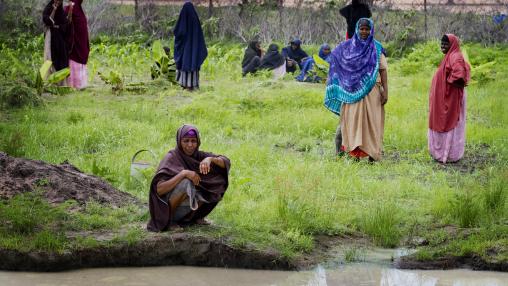Hunger Hotspots: FAO‑WFP early warnings on acute food insecurity - June to November 2023 outlook

Mutually reinforcing factors led to soaring food insecurity in 2020: 2021 Global Report on Food Crises Released
The number of people around the world facing severe food insecurity skyrocketed by 20 million in 2020, according to the 2021 Global Report on Food Crises, released today. Acute food insecurity now affects at least 155 million people across 55 countries/territories, with some regions facing famine-level hunger. In light of these soaring numbers, the UN Sustainable Development Goal (SDG) of zero hunger by 2030 seems to have gotten further from reach.

How should we measure food security during crises? The case of Nigeria
High-frequency monitoring of access to food has become especially important during the recent COVID-19 pandemic. Food access in Nigeria, and across the globe, has significantly worsened since the start of the pandemic due to significant disruptions to food supply chains and widespread loss of income. Poor access to food can have both short- and long-term impacts on health and wellbeing and is thus an important targeting criteria.
Yemen: Acute Malnutrition January - July 2020 and Projection for August - December 2020
Guatemala: Acute Food Insecurity Situation August - October 2020 and Projection for November 2020 - March 2021
GIEWS Crop Prospects and Food Situation - No 2 on July 2020
GIEW Crop Prospects and Food Situation - No 1 on March 2020
Food Price Monitoring and Analysis Bulletin, September 2020
Food Price Monitoring and Analysis Bulletin, October 2020
The Early Warning Hub brings together information from across Early Warning Systems in one place. Early Warning Systems (EWS) alert to the presence of food crises and related drivers, informing decision makers and saving lives.